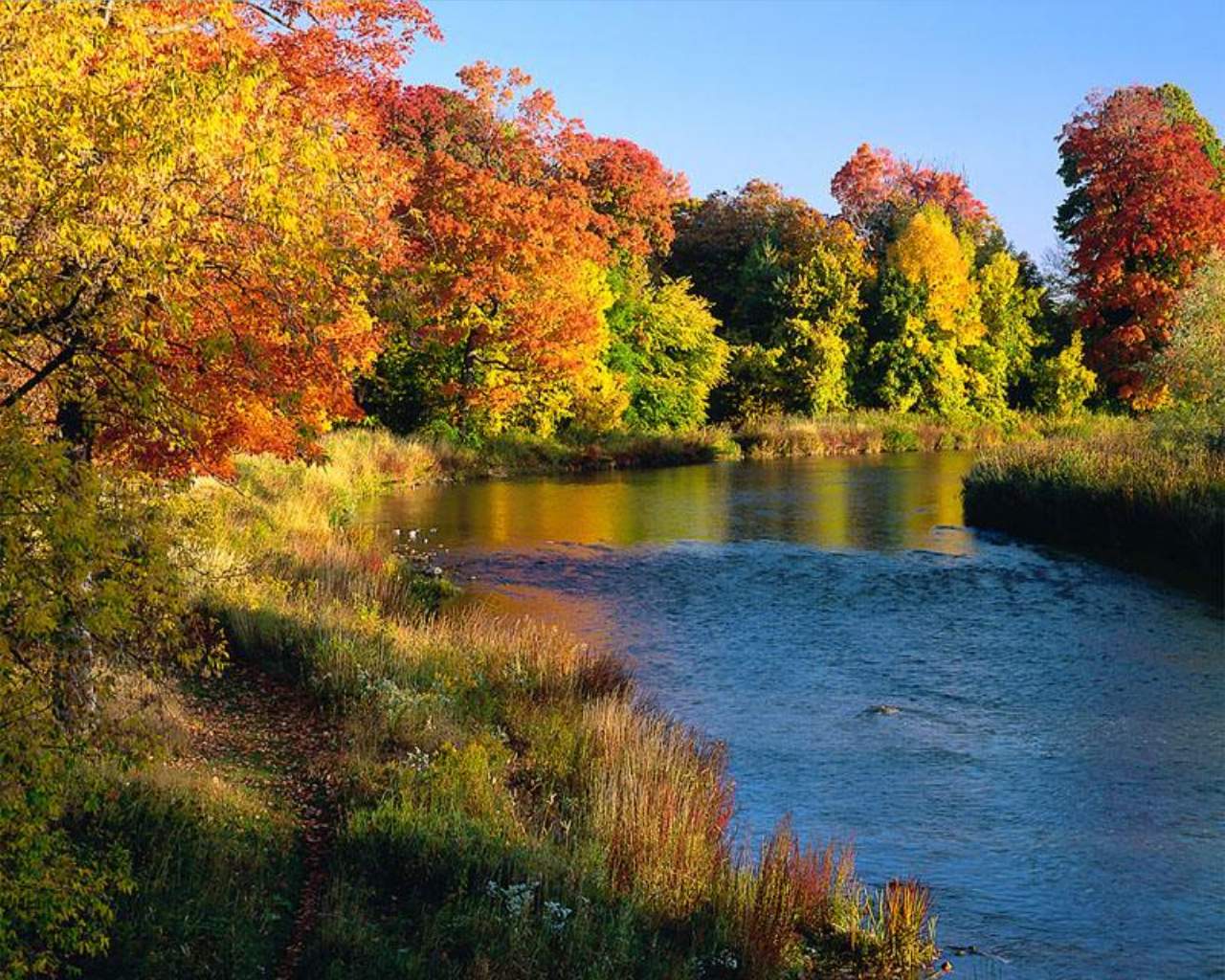
Image by Peter Rufi Public Domain, Link
Recently, I saw this warm period of summerish weather in late October that I'm experiencing referred to as a "Goose Summer." It's a term I never heard before. "Indian Summer" is the more common expression in my experience. So, I went looking online.
The trail leads back to the word "gossamer" which means extremely light, delicate, or sometimes tenuous. You might refer to clouds as being gossamer if they are thin and light. The wings of angels or dragonflies might be seen as gossamer.
The Goose Summer goes back to Middle English. A period of mild weather in late autumn or early winter was sometimes called a gossomer, which literally means "goose summer." My first thought was that it was because this was when geese were flying to warmer climates, but perhaps that's more of an American occurrence. The explanation I found was that October and November were the months when people felt that geese were at their best for eating.
The word gossomer was also used in Middle English for filmy cobwebs floating through the air in calm, clear weather. The thought is that they resembled the down of a goose.
The term "Indian Summer" is an American expression to describe a spell of warm, hazy autumn weather that feels more like summer than fall. The origin isn't known. One thought is that that kind of weather allowed Native American Indians to continue hunting before winter.
A more specific definition is that it is a warm, tranquil spell of weather after a frost or period of abnormally cold weather - a kind of reprieve from early winter. The term originated in the United States and came into use in about 1778.
If "Indian Summer" seems inappropriate or politically incorrect, an earlier term in America for such weather was "second summer" and I found online other possibilities including badger summer and quince summer.
No comments:
Post a Comment
All comments need to be approved by the admins. Spam will be deleted.